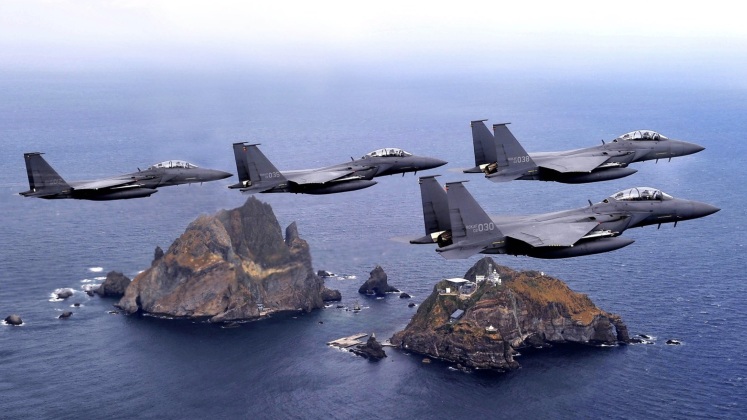Amid rising tensions on the Korean Peninsula, and following threats from Seoul of a possible pre-emptive attack on North Korea, Pyongyang warned on March 5 that any such strike could be met with the use of tactical nuclear weapons against South Korean military targets. Deputy Department Director of the Publicity and Information Department of the Korean Workers’ Party Kim Yo Jong, the sister of Chairman Kim Jong Un, warned that “In case South Korea opts for military confrontation with us, our nuclear combat force will inevitably have to carry out its duty.” She added that “South Korea is not our principal enemy” and that the Pyongyang was “definitely against such war.” “Our principal enemy is just war itself,” she said. “However, the South Korean Army, labelling us as enemy, talked about the possibility of mounting a preemptive strike on us with such a premise as in certain circumstances. Such nonsense itself is a very dangerous and nasty expression. If anyone does not provoke us, we will never strike it before anything else,” she added. The indication that nuclear weapons could be used against South Korean targets represents a deviation from North Korea’s commitment, alongside India and China, to a no first use policy for its nuclear arsenal.
North Korea has been technically at war with the United States and South Korea since 1950, and has aimed its nuclear arsenal primarily at the former having tested three intercontinental range ballistic missiles capable of reaching U.S. territory. The U.S. has for decades frequently threatened attacks including nuclear strikes against North Korea, including not only use of tactical warheads but also the targeting of civilian population centres. With North Korea having since 2019 demonstrated a range of hypersonic short range missiles such as the KN-23, these could represent highly potent launch platforms for tactical nuclear strikes. North Korean artillery and rocket artillery could also deliver warheads with almost no notice against U.S. and South Korean bases across much of the Korean Peninsula.

On April 1 South Korean Defence Minister Suh Wook had had stated “Currently, our military possesses large numbers and various types of missiles that have greatly improved in terms of ranges, accuracy and power, and it has capabilities to accurately and swiftly strike any targets in North Korea.” These were previously criticised by Kim Yo Jong as “absurd remarks,” “reckless” and indicative of “confrontation frenzy against the DPRK” [Democratic People’s Republic of Korea – North Korea’s official name]. “It is no more than an ill-advised bravery not beneficial to them that he released such reckless remarks as ‘preemptive attack’ on a nuclear state… His rash and excessive outburst on ‘preemptive attack’ worsened the inter-Korean relations and military tension on the Korean peninsula. We take his confrontation frenzy serious and cannot but reconsider a lot. South Korea may face a serious threat because of his foolish outburst,” she added. Indications of the possibility of a South Korean attack came as its armed forces invested in expanding its strike capabilities, which have continued to improve with advances in the Hyunmoo series of ballistic and cruise missiles and development of the KF-21 stealth fighter set to be armed with bunker buster cruise missiles. The two Koreas represent two of the world’s foremost powers in terms of missile capabilities, although those of North Korea have been focused further afield on engaging American bases and more recently its population centres while those of the south have primarily focused on preparing for a possible war with the north. Ground launched ballistic and cruise missiles play a more central role in North Korea’s defence due to its lack of a modern air force, with UN sanctions imposed from 2006 prohibiting it from acquiring combat aircraft from abroad.
